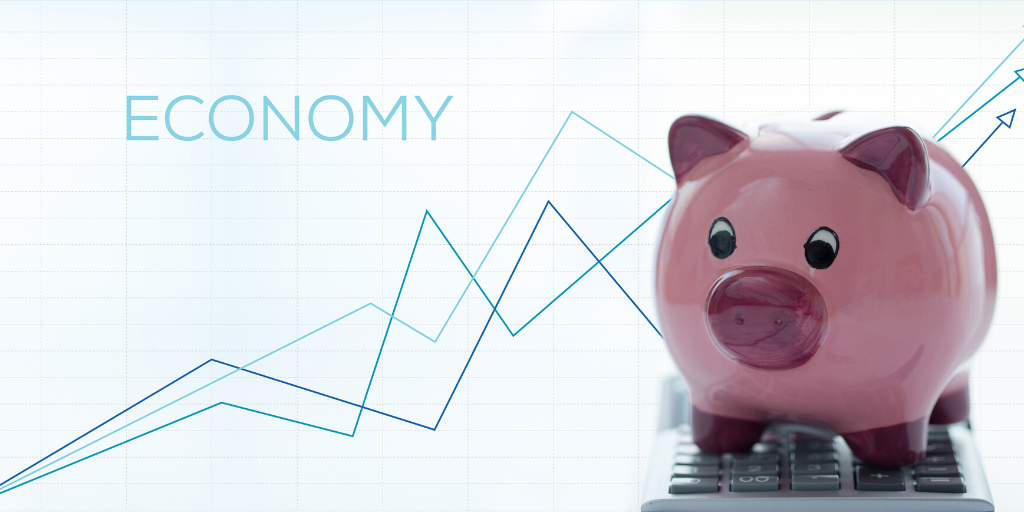
Although it shouldn’t be a surprise to learn, America is divided between red states and blue states.
That reality is especially true in regards to coronavirus recovery.
A new study by non-partisan Kansas non-profit examined the 42 states that shut down most of their economies with the eight that did not.
GOP governors have faced enormous media pressure to lock down their states in solidarity with Democrats, and some now are getting browbeaten to shut down again amid coronavirus flare-ups. So it’s worth pointing out that states that didn’t lock down this spring kept the virus under control and experienced fewer deaths than most that did. A new analysis by The Sentinel, a Kansas nonprofit, compares the 42 states that shut down most of their economies with the eight that did not. The latter group includes mostly rural states with some small metropolitan areas: North and South Dakota, Nebraska, Iowa, Arkansas, Oklahoma, Wyoming and Utah. Private employment on average fell by 7.8% between May 2019 and May 2020 in these states while plunging 13.2% in the others.
Yet per-capita COVID fatalities in states that stayed open were on average about 75% lower than those that locked down. One reason is that deaths in most states, regardless of whether they locked down, have been concentrated in nursing home facilities and minority communities that have higher rates of underlying health conditions and multigenerational housing.
Additionally, similar trends are found in terms of economic recovery. (Blue) States that imposed the strictest lockdown rules are having the slowest economic recovery as the country begins to reopen.
Nine of the 10 states with the highest jobless rate are run by Democrats, who have tended to demand that the economy should stay locked down and in some cases are still resisting opening. One exception is Colorado, where Democratic Gov. Jared Polis was one of the first to reopen. His decision is paying off as Colorado’s jobless rate in May fell to 10.2% from 12.2% in April.
Other states well below the national rate include Georgia (9.7%), Arkansas (9.5%), Arizona (8.9%), Utah (8.5%), and Nebraska (the lowest rate in the country at 5.2%). These tend to be states that resisted total lockdowns or reopened sooner.




